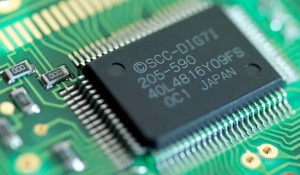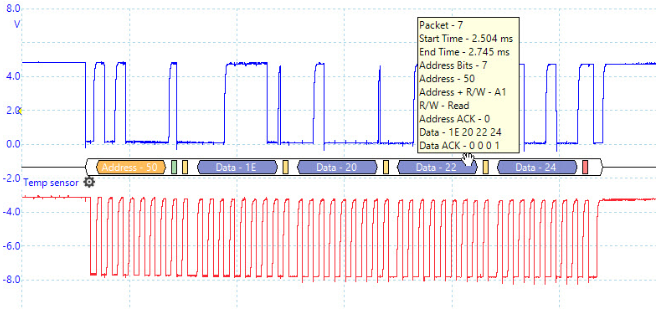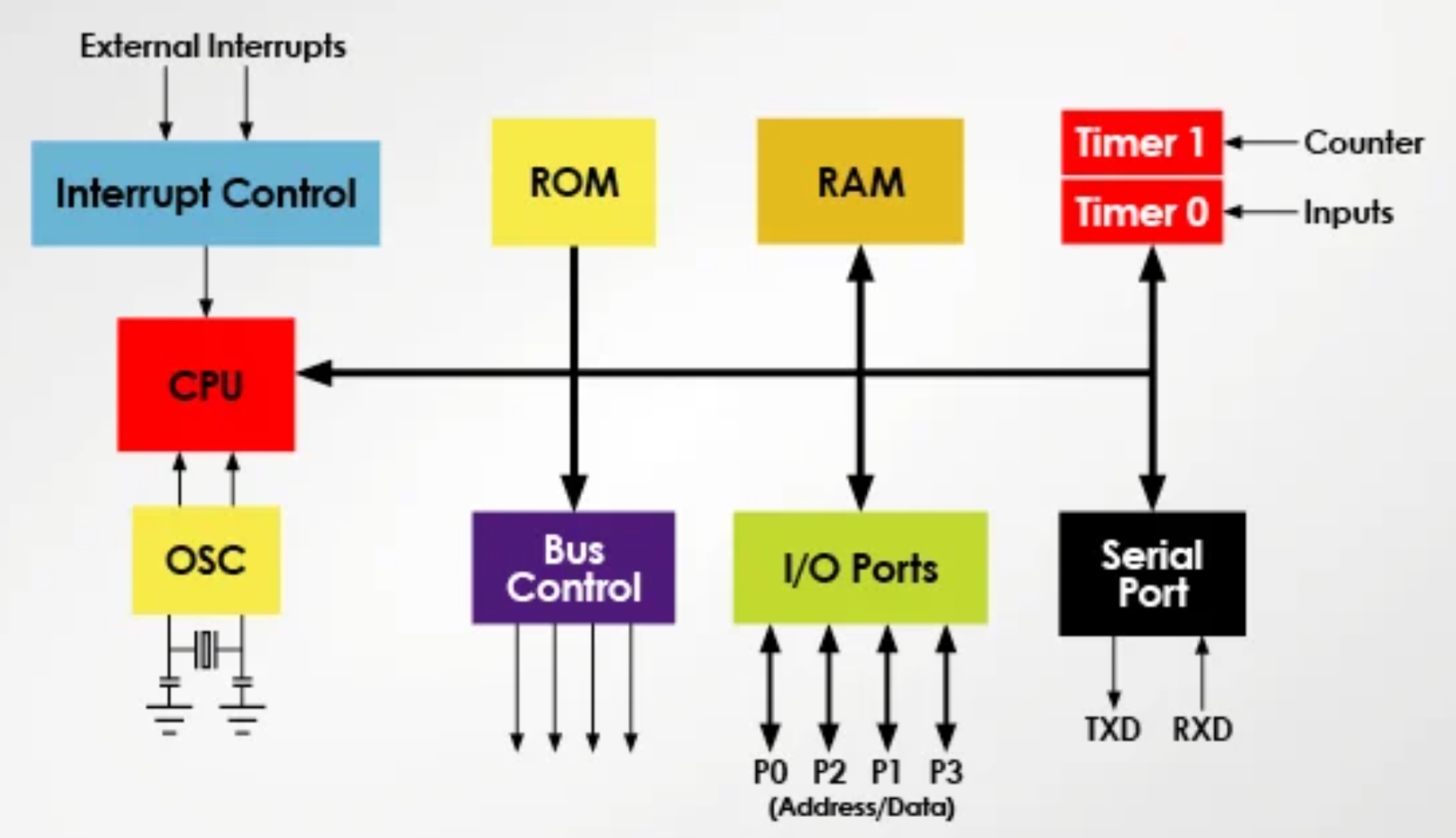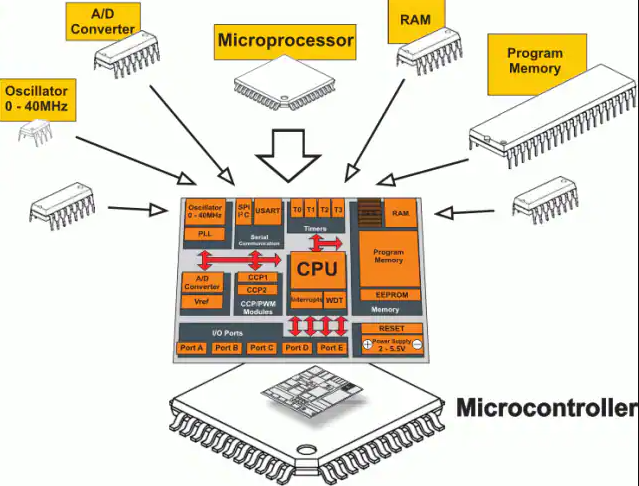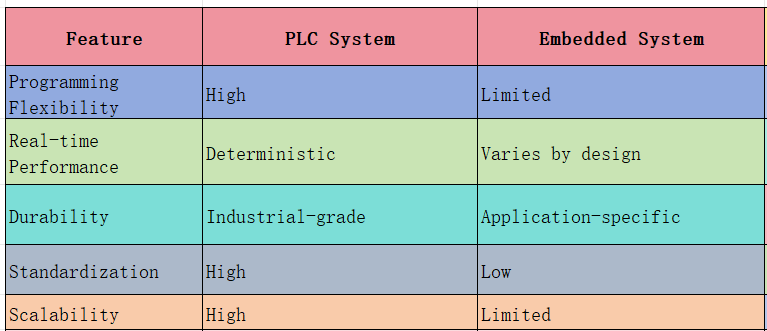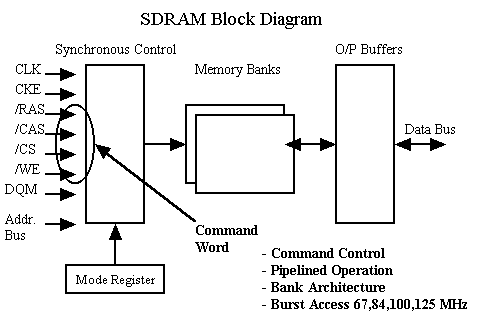Embedded systems are integral to daily life, spanning applications from smartphones and vehicles to medical devices and industrial control systems. These systems require precise design to ensure reliable and secure operation. A critical aspect of this design process is implementing comprehensive safety measures, such as CPU testing. This article explores the importance of CPU testing in embedded systems, highlighting its role in ensuring robustness and reliability.
What is CPU Testing?
CPU testing involves a series of procedures designed to evaluate the performance, functionality, and reliability of a processor in an embedded system. These tests include executing various instructions and tasks to assess the processor's capabilities and confirm that it operates within predefined specifications.
Ensuring Real-Time Responsiveness
Embedded systems often handle time-critical tasks, such as controlling actuators or processing sensor data in real time. Any processor failure or inconsistency can lead to severe consequences, compromising the system's ability to respond promptly. Rigorous CPU testing allows designers to identify potential bottlenecks, evaluate real-time responsiveness, and ensure critical tasks are executed with high precision.
Verifying Instruction Set Architecture (ISA)
Each processor operates based on a specific instruction set architecture (ISA), which defines supported instructions and their behavior. Verifying that the CPU adheres to the specified ISA is essential to ensure consistent and accurate instruction execution. CPU testing confirms that the processor correctly interprets and executes instructions, mitigating risks of unexpected behavior or compatibility issues.
Detecting Hardware Faults and Anomalies
Embedded systems often operate in challenging environments, exposed to external factors such as electromagnetic interference, temperature fluctuations, and voltage spikes. These conditions can cause hardware faults and anomalies, significantly affecting the processor's reliability and performance. Comprehensive CPU testing enables designers to identify and address these issues, enhancing system robustness and minimizing failure risks.
Assessing Power Consumption and Thermal Management
Efficient power consumption and effective thermal management are critical for the longevity and reliability of embedded systems. CPU testing provides valuable insights into the processor's power consumption patterns under various operating conditions. By evaluating power usage and thermal behavior, designers can optimize energy efficiency and implement effective cooling mechanisms to ensure the CPU operates within safe temperature ranges.
Compliance with Safety Standards and Regulations
Industries such as automotive, aerospace, and medical devices must adhere to stringent safety standards and regulations. CPU testing plays a critical role in ensuring compliance with these requirements. Through extensive processor testing, designers can demonstrate that embedded systems meet specified safety levels, providing confidence in system reliability to regulatory bodies, customers, and end-users.
Conclusion
Embedded systems underpin numerous technological advancements, and their reliable operation is paramount. CPU testing is a fundamental measure to ensure system robustness and reliability. By thoroughly evaluating processors, designers can identify potential issues, ensure real-time responsiveness, detect hardware faults, optimize power consumption, and demonstrate compliance with safety standards. These efforts enable embedded systems to operate with high precision, fostering trust in their functionality.
 ALLPCB
ALLPCB


